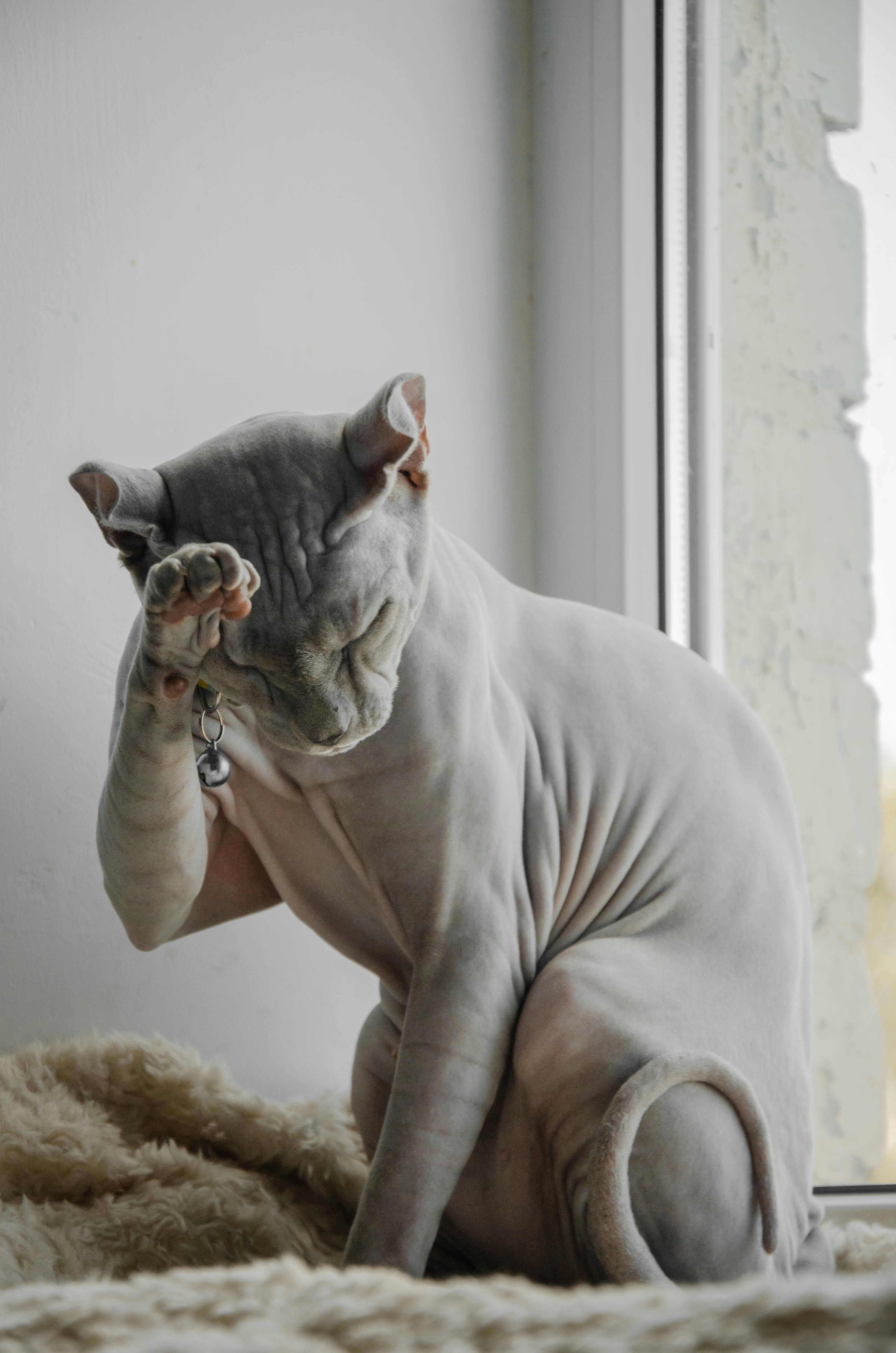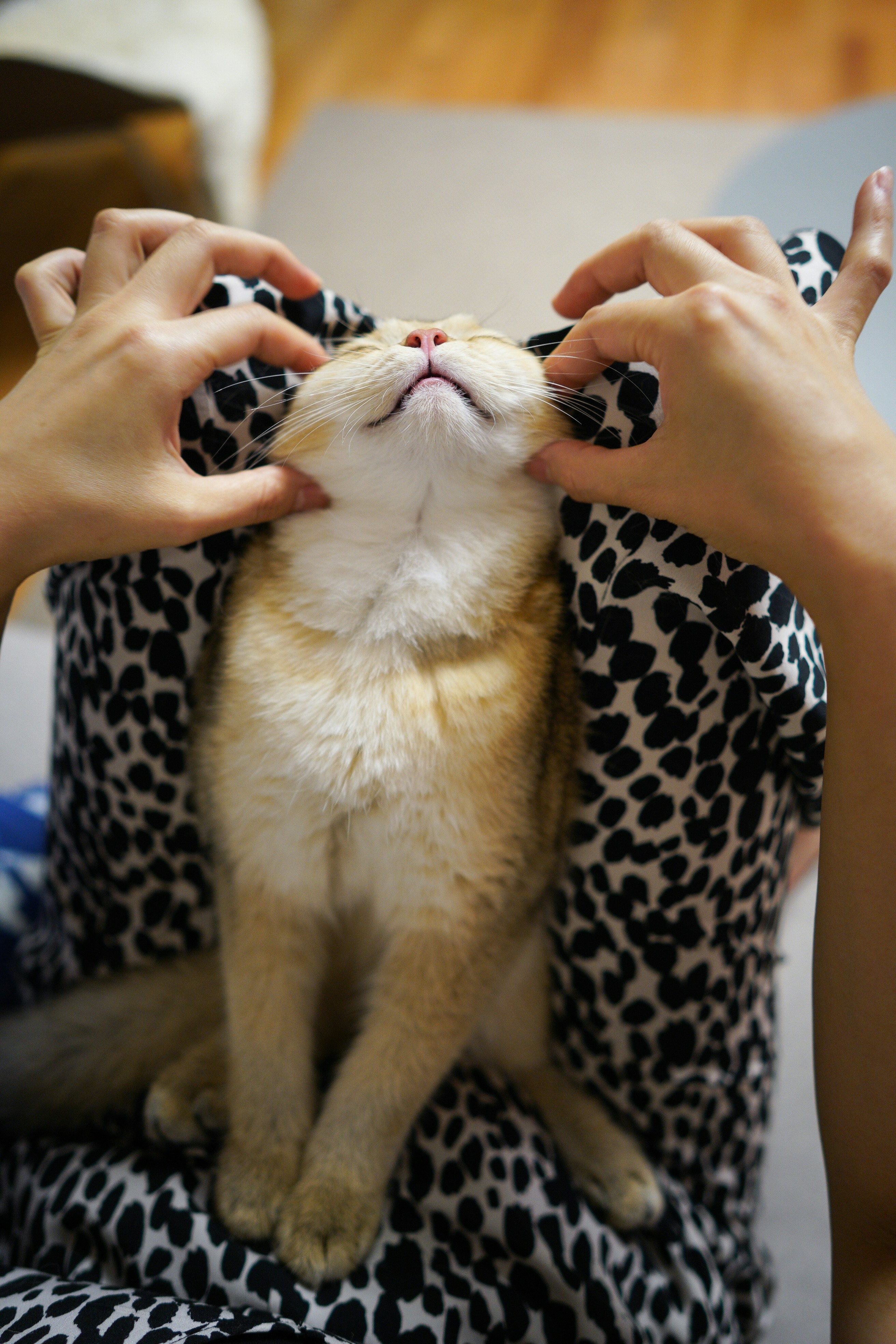Mastering the Art of Caring for Your Sphynx and Hairless Cats
August 12, 2025 | by jennifer.affiliatemarketer@gmail.com
 Photo by LANA CHUDILOVSKI on Unsplash
Photo by LANA CHUDILOVSKI on Unsplash Nourishment Essentials for Sphynx and Hairless Felines
Sphynx and other hairless cats possess unique dietary needs that require careful consideration in order to maintain their health and vitality. Due to their increased metabolism, these breeds often demand a higher caloric intake compared to their fur-clad counterparts. Protein-rich foods are essential in their diet, as they provide the necessary nutrients to support muscle development and overall energy levels. High-quality commercial cat foods formulated specifically for these breeds can be beneficial; look for options that list meat as the primary ingredient and avoid those with excessive fillers.
In addition to commercial foods, homemade diets can also be a viable alternative. Preparing fresh meals at home can ensure that the ingredients are well-suited for Sphynx and hairless cats. It is important to incorporate lean meats, healthy fats, and a balance of vitamins and minerals when creating these meals. However, consulting with a veterinarian before transitioning to a homemade diet is advisable, as they can provide guidance on appropriate recipes and portion sizes to meet nutritional standards.
Hydration is another critical aspect of caring for Sphynx and hairless felines. Since their skin lacks fur, they are more susceptible to losing moisture, making it essential to provide ample fresh water at all times. Wet food can also be a valuable addition to their diet, given its higher moisture content, which can assist in keeping them hydrated. Regular feeding schedules can help in managing their energy levels and metabolic rate, with several small meals recommended throughout the day rather than a couple of larger feedings.
As with any pet, it’s important to be aware of potential dietary restrictions or allergies that may arise in Sphynx and hairless cats. Monitoring their reactions to certain foods can help identify any issues. In conclusion, a balanced, protein-rich diet that accommodates their specific needs plays a significant role in ensuring the well-being of Sphynx and other hairless breeds.
Grooming and Hygiene Guides for Your Hairless Companions
Proper grooming and hygiene practices are essential for the well-being of Sphynx and other hairless cats. Unlike their fur-covered counterparts, these breeds have unique grooming needs due to the absence of a protective coat. One of the primary aspects of their care involves regular bathing. It is generally recommended to bathe your Sphynx cat at least once every one to two weeks, although some may require baths more frequently depending on their skin type and oil production. When bathing, using a mild, hypoallergenic soap specifically formulated for cats is crucial to avoid skin irritation.
After bathing, moisturizing the skin is a significant step that should not be overlooked. Hairless cats tend to have oily skin, which can lead to problems if not managed properly. A suitable cat-safe moisturizer can aid in preventing dryness and irritation. Products containing natural ingredients such as aloe vera or oatmeal are often effective choices. Always ensure that the moisturizer is safe, as some human products can be toxic to pets.
Aside from bathing, maintaining your Sphynx’s ear hygiene is vital. The absence of fur means that their ears can accumulate wax and debris more quickly than other cats. Regularly cleaning the ears with a vet-recommended solution will help prevent infections. Furthermore, regular nail trimming should be a part of your grooming routine, as hairless cats do not have fur to wear down their nails naturally. Aim to trim their nails every three to four weeks, ensuring that they do not become overgrown.
Lastly, incorporating regular veterinary check-ups into your care routine is essential. These visits allow for monitoring skin conditions, ensuring your cat’s overall health is maintained. A veterinarian can also provide personalized grooming tips based on your cat’s individual needs. By prioritizing these grooming and hygiene practices, you can help ensure that your hairless companion remains healthy and comfortable.
RELATED POSTS
View all
